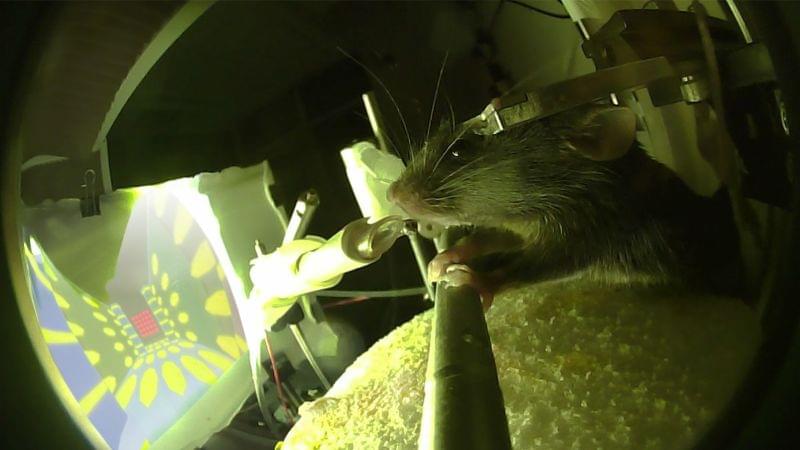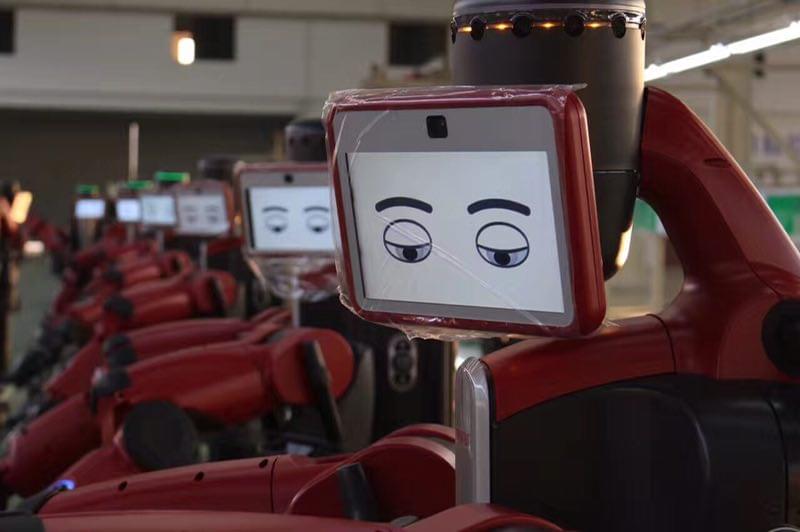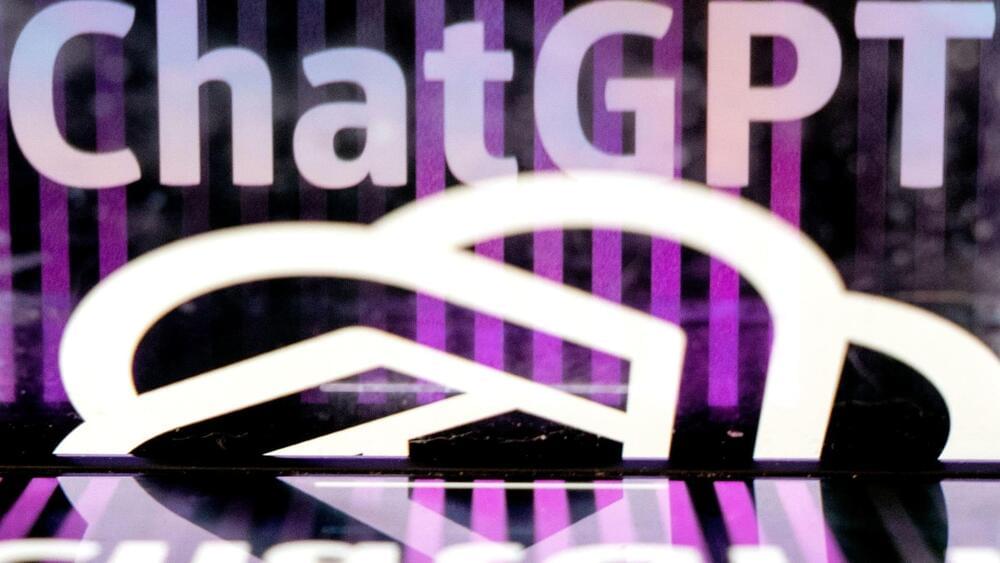By allowing creators to explore more directions more quickly, generative AI will help them rather than displace them.
Researchers in New York developed a virtual reality maze for mice in an attempt to demystify a question that’s been plaguing neuroscientists for decades: How are long-term memories stored?
What they found surprised them. After forming in the hippocampus, a curved structure that lies deep within the brain, the mice’s memories were actually rooted through what’s called the anterior thalamus, an area of the brain that scientists haven’t typically associated with memory processing at all.
“The thalamus being a clear winner here was very interesting for us, and unexpected,” said Priya Rajasethupathy, an associate professor at Rockefeller University and one of the coauthors of a peer-reviewed study published in the journal Cell this week. The thalamus “has often been thought of as a sensory relay, not very cognitive, not very important in memory.”
On Wednesday, Meta announced an AI model called the Segment Anything Model (SAM) that can identify individual objects in images and videos, even those not encountered during training, reports Reuters.
According to a blog post from Meta, SAM is an image segmentation model that can respond to text prompts or user clicks to isolate specific objects within an image. Image segmentation is a process in computer vision that involves dividing an image into multiple segments or regions, each representing a specific object or area of interest.
Silicon Valley AI company Cerebras released seven open source GPT models to provide an alternative to the tightly controlled and proprietary systems available today.
Generative Pre-trained Transformer models (GPTs) are now all the rage and have inspired op-eds being written by everyone from Henry Kissinger (WSJ) to Noam Chomsky (NYTimes) in just the last month. That sure is some hype level.
Way back in the early history of GPTs, January 1st this year, I wrote briefly about them and said:
It seems some countries in Europe might ban ChatGPT due to privacy reasons.
Italy isn’t the only country reckoning with the rapid pace of AI progression and its implications for society. Other governments are coming up with their own rules for AI, which, whether or not they mention generative AI, will undoubtedly touch on it. Generative AI refers to a set of AI technologies that generate new content based on prompts from users. It is more advanced than previous iterations of AI, thanks in no small part to new large language models, which are trained on vast quantities of data.
There have long been calls for AI to face regulation. But the pace at which the technology has progressed is such that it is proving difficult for governments to keep up. Computers can now create realistic art, write entire essays, or even generate lines of code, in a matter of seconds.
“We have got to be very careful that we don’t create a world where humans are somehow subservient to a greater machine future,” Sophie Hackford, a futurist and global technology innovation advisor for American farming equipment maker John Deere, told CNBC’s “Squawk Box Europe” Monday.
Anyone wonder why he might end up serving a longer sentence than Elizabeth Holmes?
Former Theranos executive Ramesh “Sunny” Balwani will be heading to prison later this month after an appeals court rejected his bid to remain free while he contests his conviction for carrying out a blood-testing hoax with his former boss and lover, Elizabeth Holmes.
KTVU delivers the best in-depth reports, interviews and breaking news coverage in the San Francisco Bay Area and California.
Watch KTVU’s newscasts on https://www.ktvu.com/live.
Download KTVU’s news and weather apps for free at https://www.ktvu.com/mobile-apps.
By Corrie Pelc — Fact checked by Jessica Beake, Ph.D. The life expectancy of humans on our planet has more than doubled since 1900. Global life expectancy has increased from 31 years in 1900 to 73.2 years in 2023, and is expected to further increase to 77.1 years in 2050.
Imperial physicists have performed the double-slit experiment in time, using materials that can change optical properties in femtoseconds, providing insights into the nature of light and paving the way for advanced materials that can control light in both space and time.
Imperial physicists have recreated the famous double-slit experiment, which showed light behaving as particles and a wave, in time rather than space.
In a groundbreaking development, Imperial College London.
Quantum computing promises to be a revolutionary tool, making short work of equations that classical computers would struggle to ever complete. Yet the workhorse of the quantum device, known as a qubit, is a delicate object prone to collapsing.
Keeping enough qubits in their ideal state long enough for computations has so far proved a challenge.
In a new experiment, scientists were able to keep a qubit in that state for twice as long as normal. Along the way, they demonstrated the practicality of quantum error correction (QEC), a process that keeps quantum information intact for longer by introducing room for redundancy and error removal.









